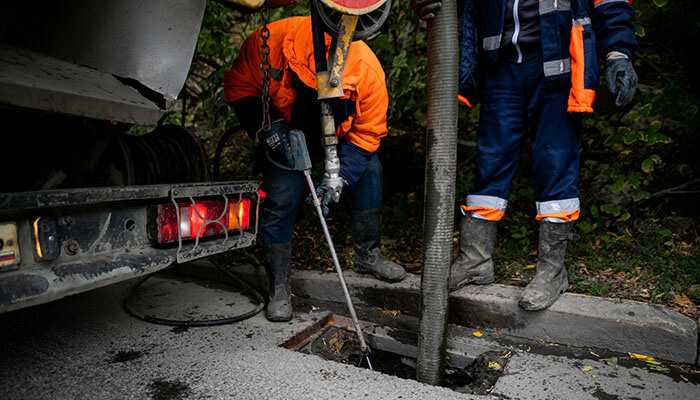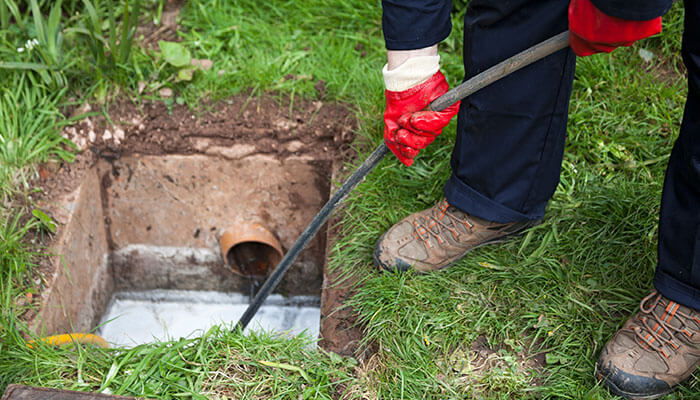Clogged and backed up sewer drains are a nuisance that requires quick clearing before serious plumbing damage or overflows happen. But how exactly can you get rid of unpleasant sewer clogs? Several key drain cleaning techniques can bust through blockages to restore flow. Let’s look at the most effective methods and tools, both DIY and professional like The Relining Company, for ways to do storm water drain blockage clearing before problems worsen.
Using a Plunger
The go-to first step for DIY drain clearing is a sturdy plunger. Matching the plunger cup size to the drain opening creates suction when plunged repeatedly. The suction loosens debris and breaks up or dislodges clogs. Plunging won’t clear a fully blocked line but works well for minor obstructions. Be sure to seal the plunger against the drain opening for maximum suction.
Baking Soda and Vinegar
For light organic clogs, baking soda followed by vinegar can break things up. Pour 1 cup baking soda down the drain followed by 1 cup heated white vinegar. The fizzing chemical reaction generates pressure to dislodge gunk. Let it fizz for 5 minutes then rinse with hot water. Repeat if needed. This works well for small sinks but not main sewer lines.
Mechanical Snake Augers
Hand crank or motorized augers are next for tough jobs. The rotating auger snake physically hooks debris and scrapes blockages away when fed down the drain. Lengths up to 50 feet reach deep mainline clogs. Spinning the snake breaks up and dislodges material while retracting brings out debris. Power machine snakes provide ongoing removal action.
High Pressure Water Jets
Professional hydro-jetting pumps high pressure water through hoses and nozzles to scour drain walls and propel blockages away. Water bursts up to 5000 PSI obliterate all but the biggest obstructions. Extended nozzles direct jets to target the clog then collect blasted debris in trucks. It’s the most powerful sewer cleaning method.
Saltwater Flushes
For dissolving organic material like grease and fat deposits, flushing with very hot saltwater can help break things up when used along with other methods. The heat and salt act as a solvent.
Boil a pot of water, dissolve in 1 cup salt, then pour slowly down the drain. Wait an hour then flush with regular hot water. Only use metal drains.
Enzyme Digestants
Enzyme-based drain cleaners break down and dissolve many clogs chemically over hours or days. Protease, amylase and other enzymes in these cleaners activate in water to liquefy blockages. Simply pouring the product according to label directions can restore flow gradually without harsh chemicals. Useful for ongoing maintenance.
Drain Snakes
Hand crank snakes or compact powered snakes wind down drains to snag and extract debris. Less rugged than augers, they still pull out obstructions through cable spinning and hooking action combined with pulling force. Good for bathroom sinks and tubs where hair and soap buildup causes clogging. Easier for homeowners than running 100 feet of auger.
Preventative Measures
Practice prevention to avoid most clogs proactively. Install screens on drains to catch hair and debris before it enters lines. Don’t pour fats/grease down sinks. Use enzyme cleaner monthly.
An ounce of prevention saves major unblocking efforts down the road! Monitor washrooms and kitchens.
Conclusion
With the right techniques and tools matched to the specific clog, clearing sewer drains can be manageable. Try DIY methods first for simple bathroom or kitchen clogs, but call professionals for tough main line blockages requiring serious firepower.



